Looking ahead to what we’ll be talking about at our booth in Hanover, we’re looking forward to meeting every single driver who’s prepared to discuss their specific needs and concerns with us.
Bernd Spies – Member of the Executive Board
Tomorrow will see the official opening of IAA Transportation 2022. In an exclusive interview, Bernd Spies – Member of the Executive Board of Knorr-Bremse AG and responsible for the Commercial Vehicle Systems division – tells our online magazine about his expectations for the Hanover trade fair, and about the answers Knorr-Bremse is preparing for the leading mobility issues of the future.
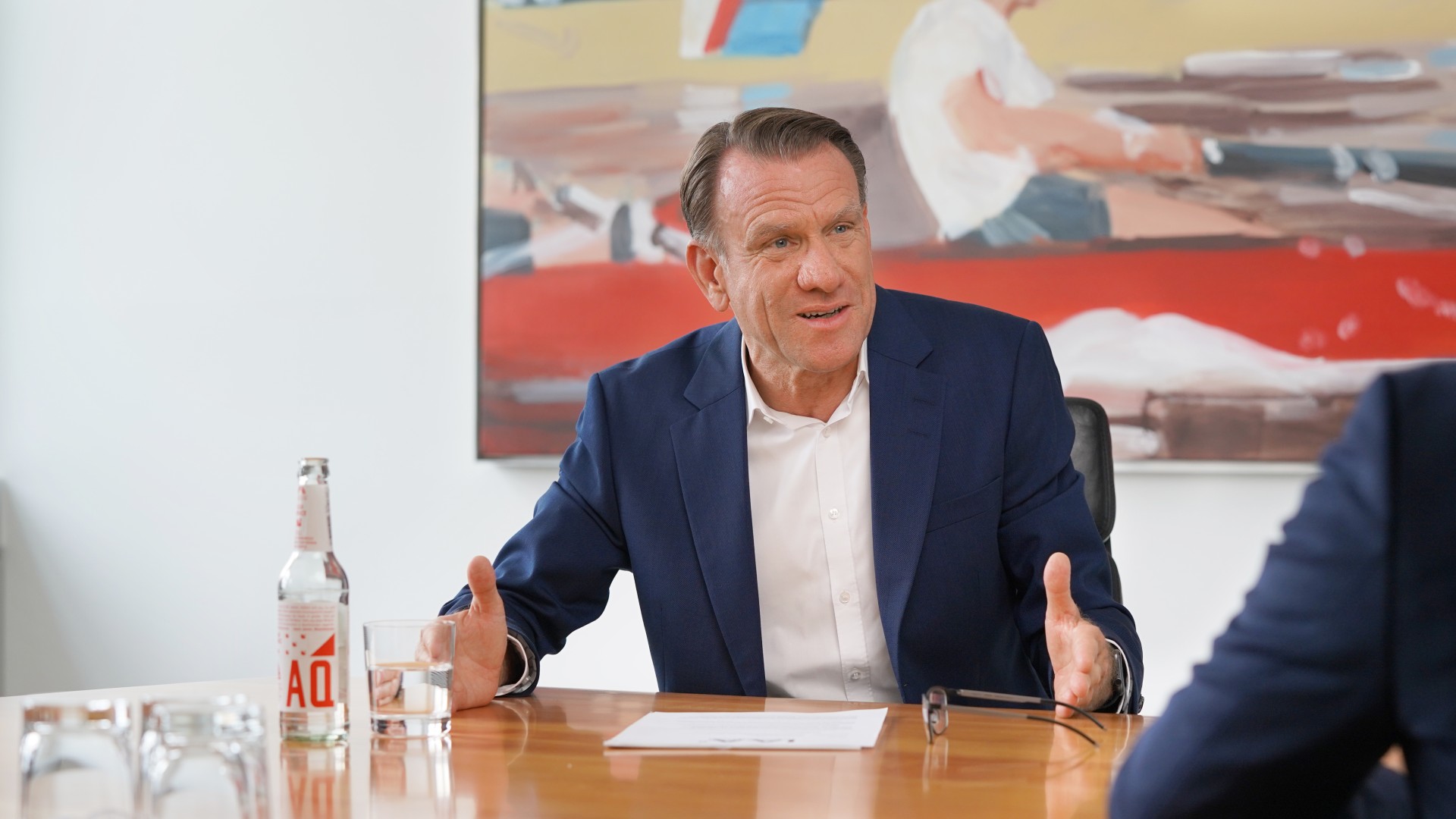
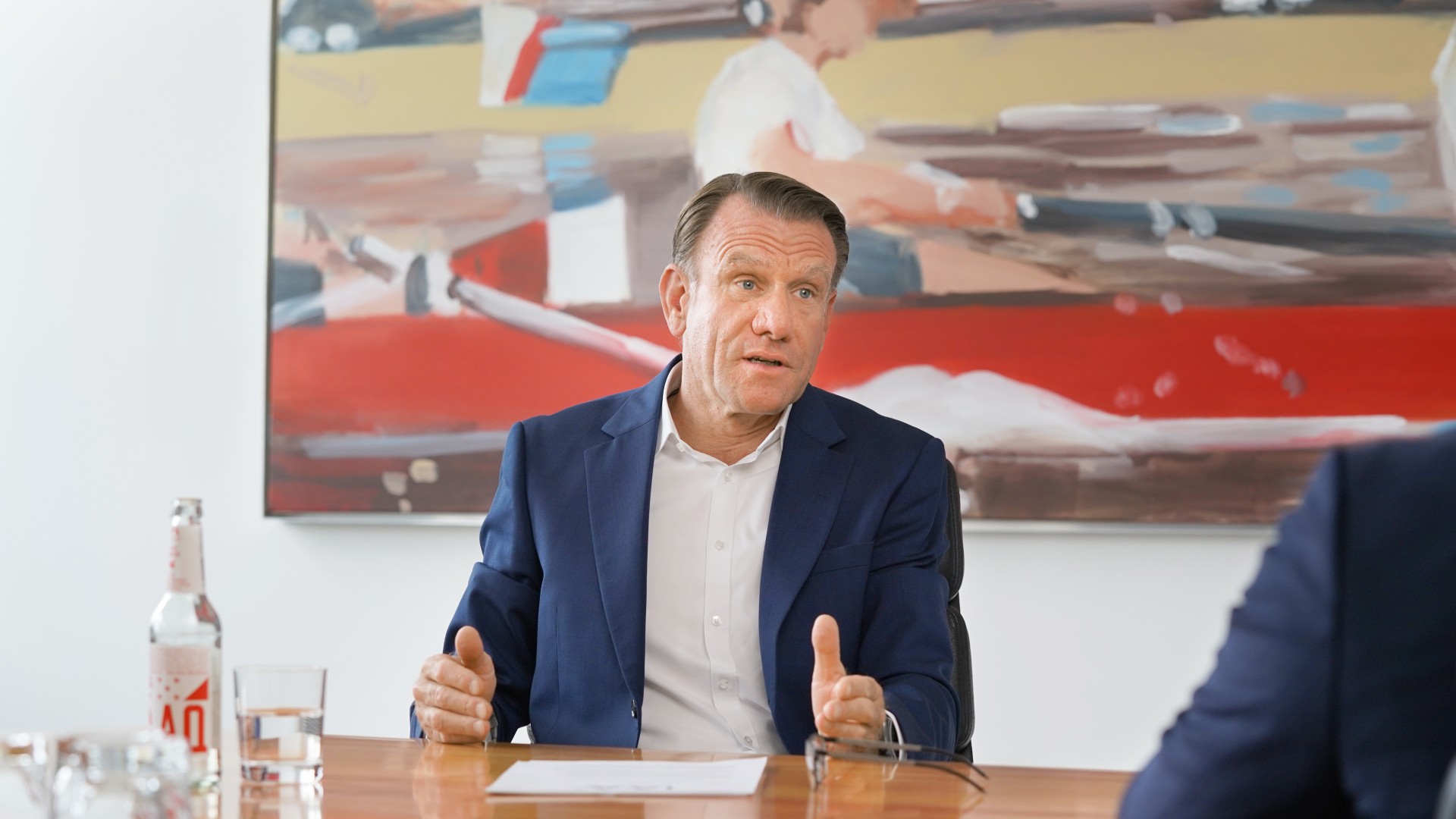
First of all, I’m hoping and expecting that as many trade visitors as possible – engineers, buyers, decision-makers – make their way to Hanover. I’m looking forward to in-depth discussions, much sharing of views and ideas, and plenty of feedback. This is especially important at a time when we’re having to make vital decisions about our future product portfolio. This week-long trade fair in Hanover is exactly the right setting for talking to our many stakeholders in person.
Over the last couple of years, we’ve spent a lot of time in virtual conversations, and I think our customer contact has suffered a little as a result. Relationships thrive on direct personal interaction, which is why it’s so good – indeed, essential – that we’re all finally meeting up again.
Yes, and we’re having to juggle a large number of balls simultaneously, as is the rest of the industry. It’s all about making the right decisions and investing in the right technologies at the right times. Take e-mobility, for instance, where we’ve got a lot of important questions to answer. Are fuel cells going to take off? When are we going to see battery-powered trucks? Will they make a good business case? When will fully automated driving be allowed on our roads? At the same time, there’s an actual war taking place on our continent, and our industry is having to deal with the resulting supply issues. We’re still having to fight for every component we need for our customers, and we’re facing soaring costs as a result – some of which we have no choice but to pass on to customers. This situation makes it quite a challenge to manage an innovative industrial company that wants to go on innovating. In any event, despite all the current difficulties, we’re focusing all our energies on our customers’ projects, while at the same time trying to stay innovative and strong enough to invest in new projects.
Personally, especially in the difficult times we’re living in now, I’d like to see more openness and in-depth discussion between customers and suppliers. I’d like us all to move a bit closer to the Japanese model. In practical terms, this means involving suppliers in projects at a much earlier stage – asking them for their opinions and about their relevant expertise very early on, and in return, expecting them to commit to projects at a very early stage. This way, both sides can pull together even more effectively, using limited development funds to meet mutually agreed targets.
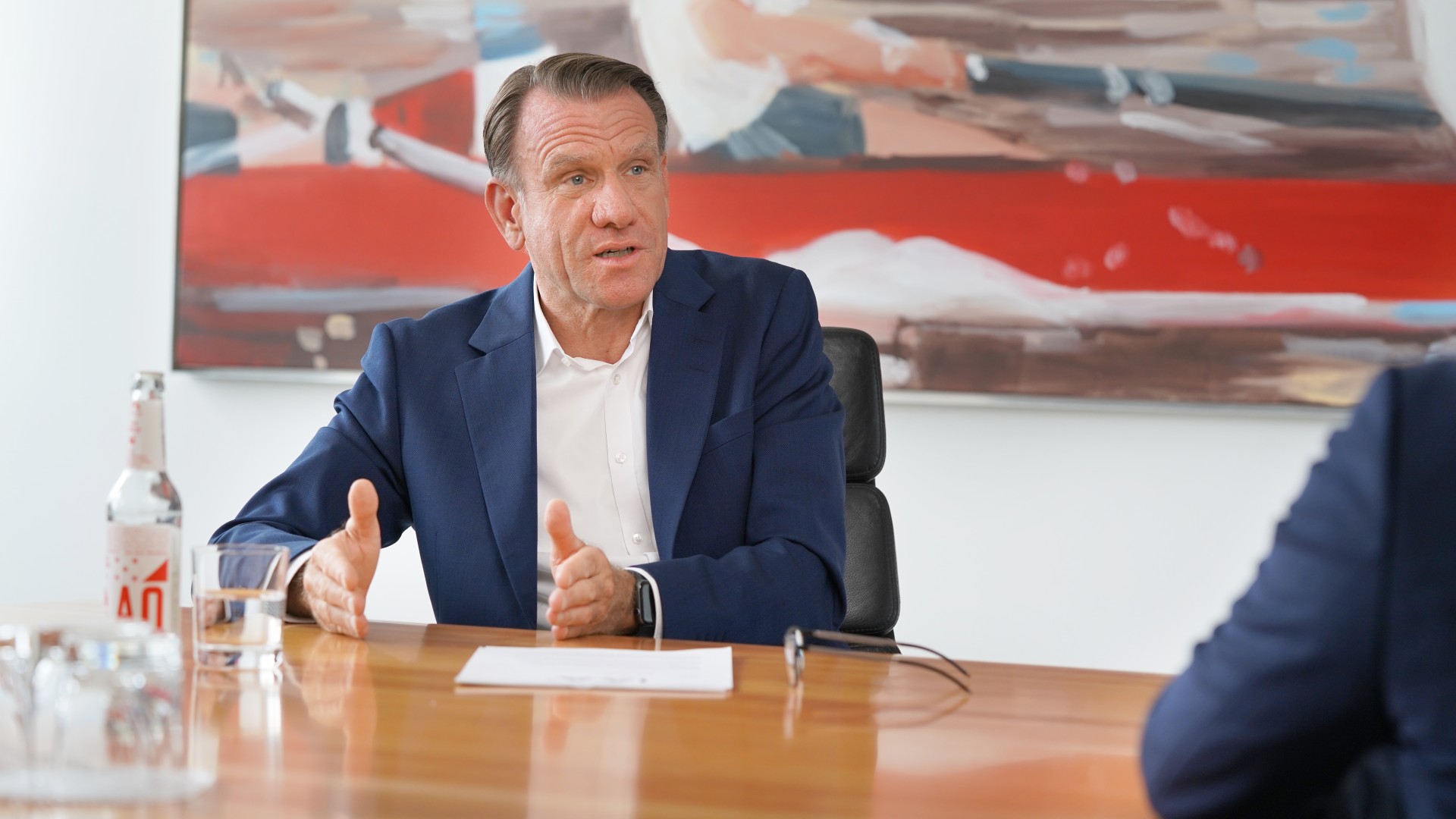
Looking ahead to what we’ll be talking about at our booth in Hanover, we’re looking forward to meeting every single driver who’s prepared to discuss their specific needs and concerns with us.
Bernd Spies – Member of the Executive Board
First and foremost, we’ll be talking about traffic safety. Safety is deeply rooted in our history and DNA, and we’re very much at home in this space. Thanks to our innovative safety technologies, we’re already in a great position and taking the next steps to fulfil our “Zero Accidents” vision. And then, of course, there’s e-mobility, which is fundamentally transforming commercial vehicle architecture and many of the associated products. This industry trend will impose changes on our existing portfolio because the whole technical framework is evolving. That’s what eCUBATOR, the innovation unit we set up in 2020, is looking at. We’re already in the process of developing a host of new products for satisfying the requirements of electrified commercial vehicles and making our contribution to the “Zero Emissions” mission. But although e-mobility is the driving force behind these changes, it will only work if the appropriate infrastructure is in place. Which is why it’s crucial that manufacturers and industrial companies aren’t left to face the challenge alone – government support also has a key role to play here.
Automated driving developments vary from one region to another. In Europe, emissions legislation means this trend has taken a back seat to e-mobility development. But in North America in particular, the driving automation trend has stayed strong because there’s a sustainable business case for it. Driver assistance systems also have an important role to play here, by making life easier for drivers and improving road safety. We’ve got safety systems in our portfolio that are ideal for retrofits, including our retrofittable ProFleet Assist+ Gen 2 turning assistant for protecting vulnerable road users. At the same time, we’re working on other ways to make life easier for drivers such as the electronic parking brake, and of course on a whole host of solutions for supporting fleet operators. Looking ahead to what we’ll be talking about at our booth in Hanover, we’re looking forward to meeting every single driver who’s prepared to discuss their specific needs and concerns with us.
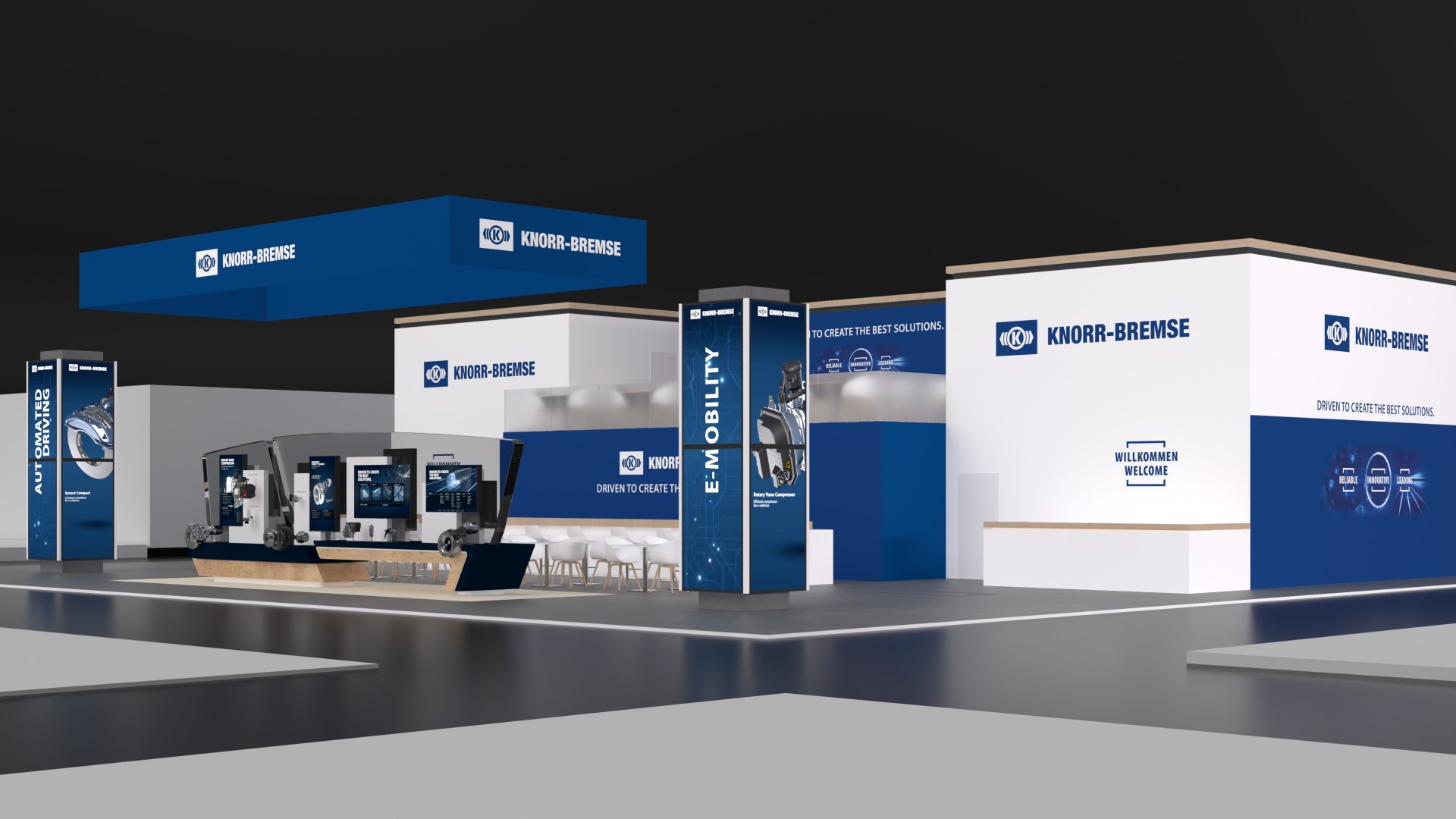
Another key enabler is digitalization. Here, connectivity plays an important role by helping us to monitor the condition of trucks on the road, so we can establish in good time whether they’re running perfectly or whether it’s time for a visit to the workshop. Our goal remains unchanged: to further improve the availability of our customers’ vehicle fleets. After all, trucks aren’t supposed to sit around in workshops or on roadsides – they’re supposed to safely transport goods by road.
They really shouldn’t miss our steering portfolio. As things stand, almost every truck still uses hydraulically assisted steering, but we’ll see plenty of developments in this space over the next few years. The next thing will be electronically assisted steering, also known as overlay steering, quickly followed by all-electric steering. And as we gradually expand our systems, we’ll be adding any number of other functions such as crosswind compensation, for example, so drivers don’t constantly have to fight crosswinds and can rely on electronic support instead.
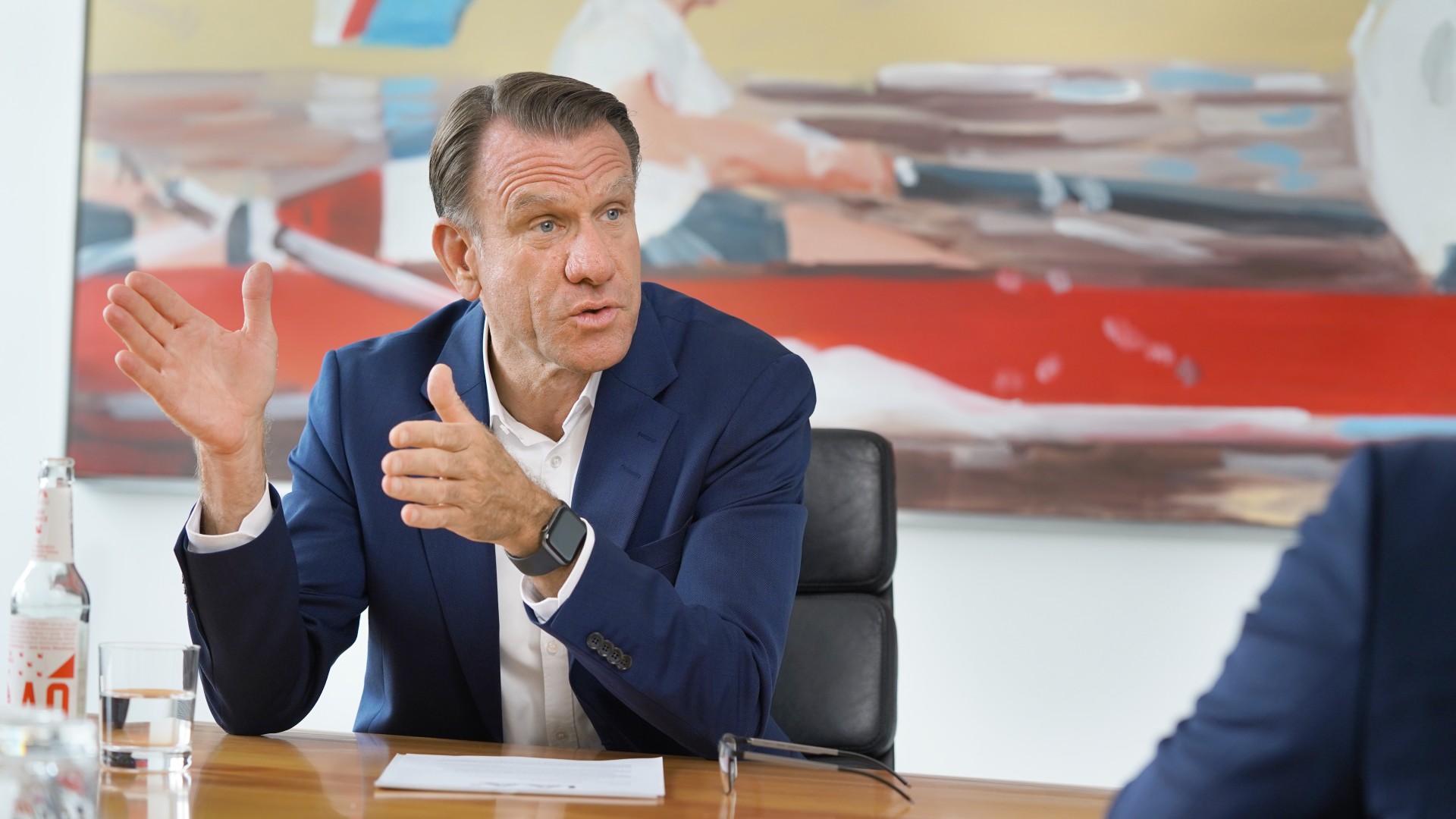
Our goal remains unchanged: to further improve the availability of our customers’ vehicle fleets. After all, trucks aren’t supposed to sit around in workshops or on roadsides – they’re supposed to safely transport goods by road.
Bernd Spies – Member of the Executive Board
Our new disc brakes are also worth a visit. Here, we’ve introduced a very interesting feature, which we call Active Caliper Release. This cuts down wear and reduces fuel consumption by as much as one percent – and immediately pays off for our customers, adding genuine value. It’s also worth checking out our driver assistance features. We’ve got a lot of interesting systems in our portfolio that are already making major contributions to road safety.
Visitors should also take a look at our aftermarket portfolio and remanufactured products. Our remanufacturing unit reconditions brake components, for example, which are then reassembled and reused. This saves precious raw materials and energy – very much in keeping with the circular economy.
There’s a very clear trend toward the decarbonization and automation of commercial vehicles. As far as the former is concerned, I expect to see a mix of different drive technologies in future commercial vehicles – including a significant degree of electrification, of course. And as far as automation is concerned, I’m expecting to see the first routes optimized for automated driving in the near future, as well as the first trucks capable of driving autonomously on highways or in hub-to-hub operation. At first, I suspect they won’t be able to do entirely without drivers, but the drivers will be able to do other things in the cab while the vehicle is driving.